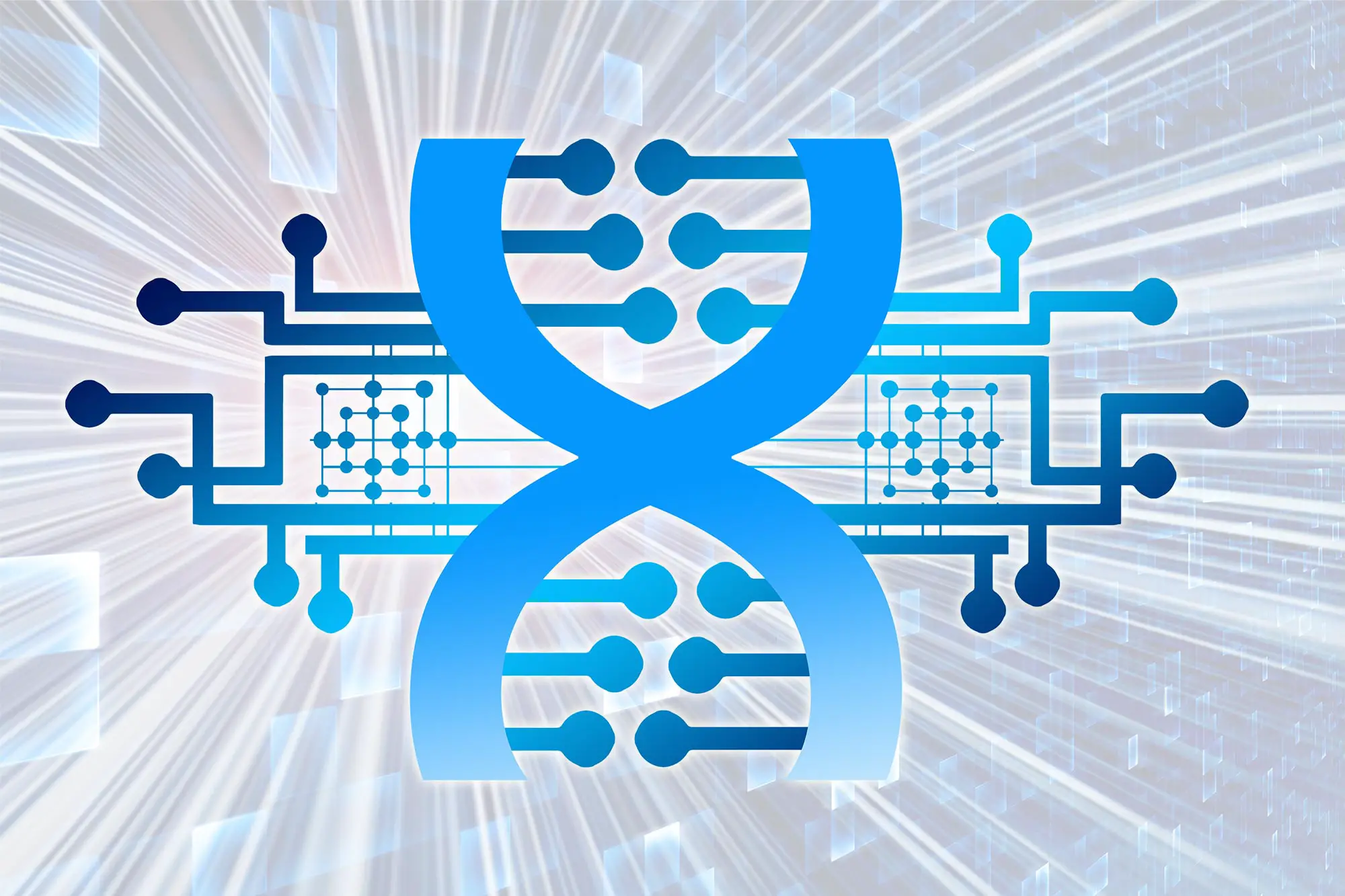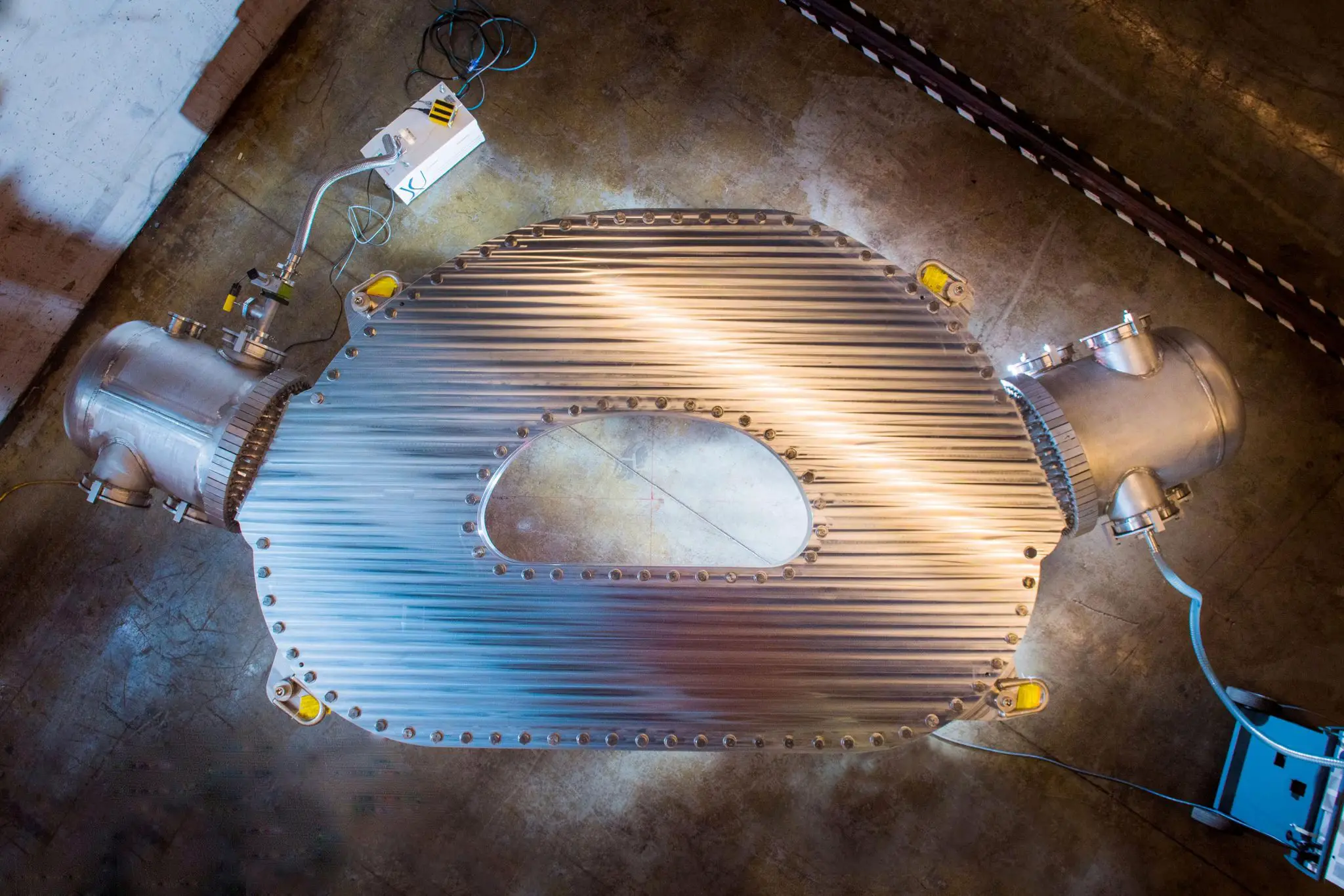This chip automates complex mathematical calculations by automating the reactions between DNA molecules.
The term “DNA” immediately brings to mind the double-stranded helix that holds all our genetic information. However, the two strands are made up of pairs of molecules that have been selectively bonded to each other in a complementary manner. This pairing property can be used to perform complex mathematical calculations. This is the basis of DNA computing.
Because DNA only has two strands, it is necessary to perform simple calculations using multiple chemical reactions with different sets of DNA. The majority of research uses DNA from only two strands. This makes it very tedious to add each strand individually into one tube. The microfluidic chip, made up of narrow channels that are etched onto a material such as plastic, allows for automation. However, despite their promise of DNA computing, microfluidics chips still need to be fully explored.
A recent article was published online in ACS Nano on July 7, 2021, and in Volume 15, Issue 7 on July 27, 2021. It describes a programmable DNA-based microfluidic device that can be controlled using a personal computer to calculate DNA. DNA-based CPUs can replace electronic CPUs as they use less power. This will reduce global warming. Dr. Youngjun Song, an INU researcher, led the study.
Dr. Song and his team used 3D printing for their microfluidic chips, which can execute BooleanLogic, one of the most fundamental logics in computer programming. Boolean logic, a type of true-or-false logic, compares inputs and returns a value that is either ‘true or false’ depending on which operation (or ‘logic gate’) was used. This experiment used a single-stranded template of DNA as the logic gate. The inputs were made from different single-stranded DNA. When a portion of the input DNA contained a Watson-Crick sequence complementary to the template DNA, it would pair to create double-stranded genetic material. The output was deemed true or false based on the final DNA size.
The motor-operated valve system, which can be controlled using a smartphone or a computer, makes this chip unique. A microfluidic processing device (MPU) comprises the chip and its software. The MPU can quickly and easily perform various operations, including logic operations, thanks to its valve system.
The unique valve system of the programmable DNA-based MPU opens the door to more complex reactions and code that allows for extended functions. Dr. Song says that future research will focus on a complete DNA computing solution, including DNA storage systems and algorithms.
It’s easy to see DNA-based computers becoming commonplace objects with such a compelling proof of concept!




